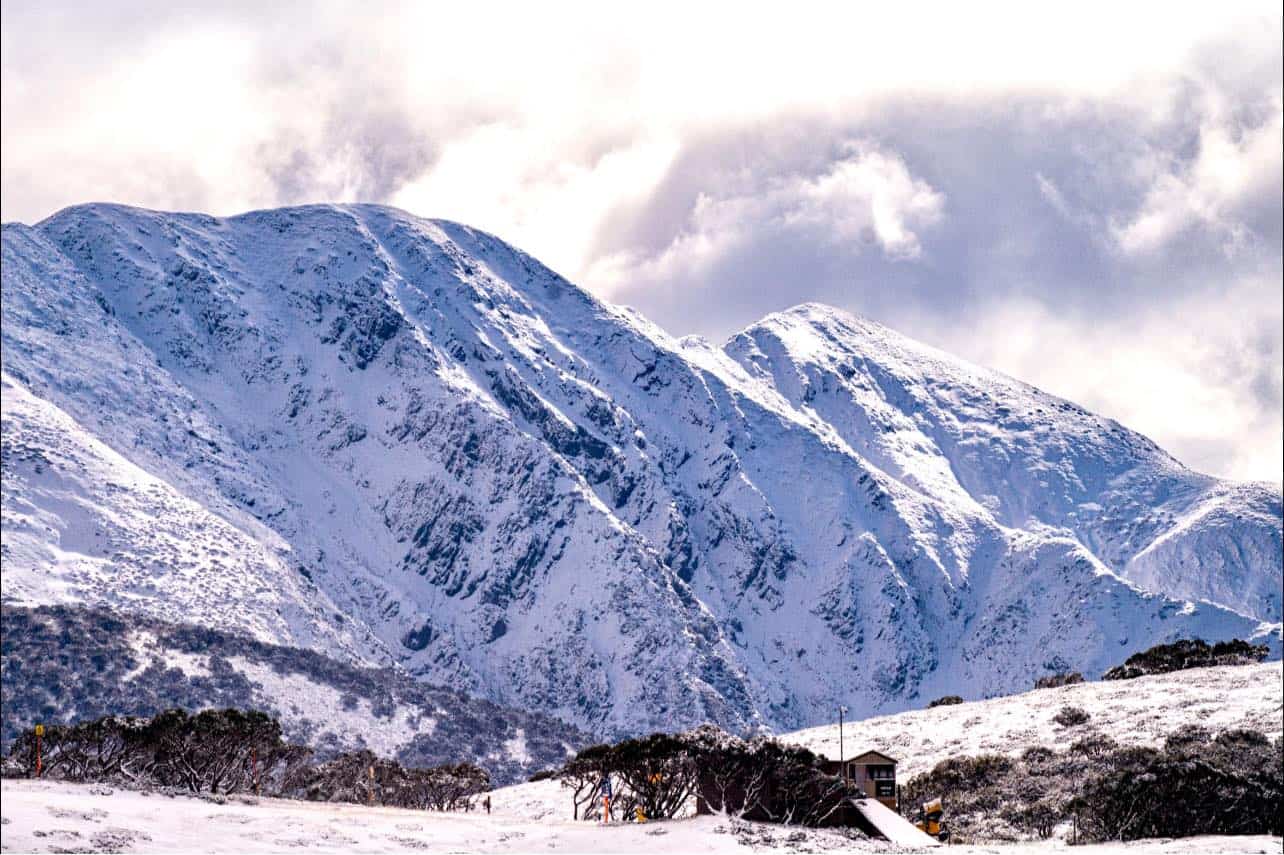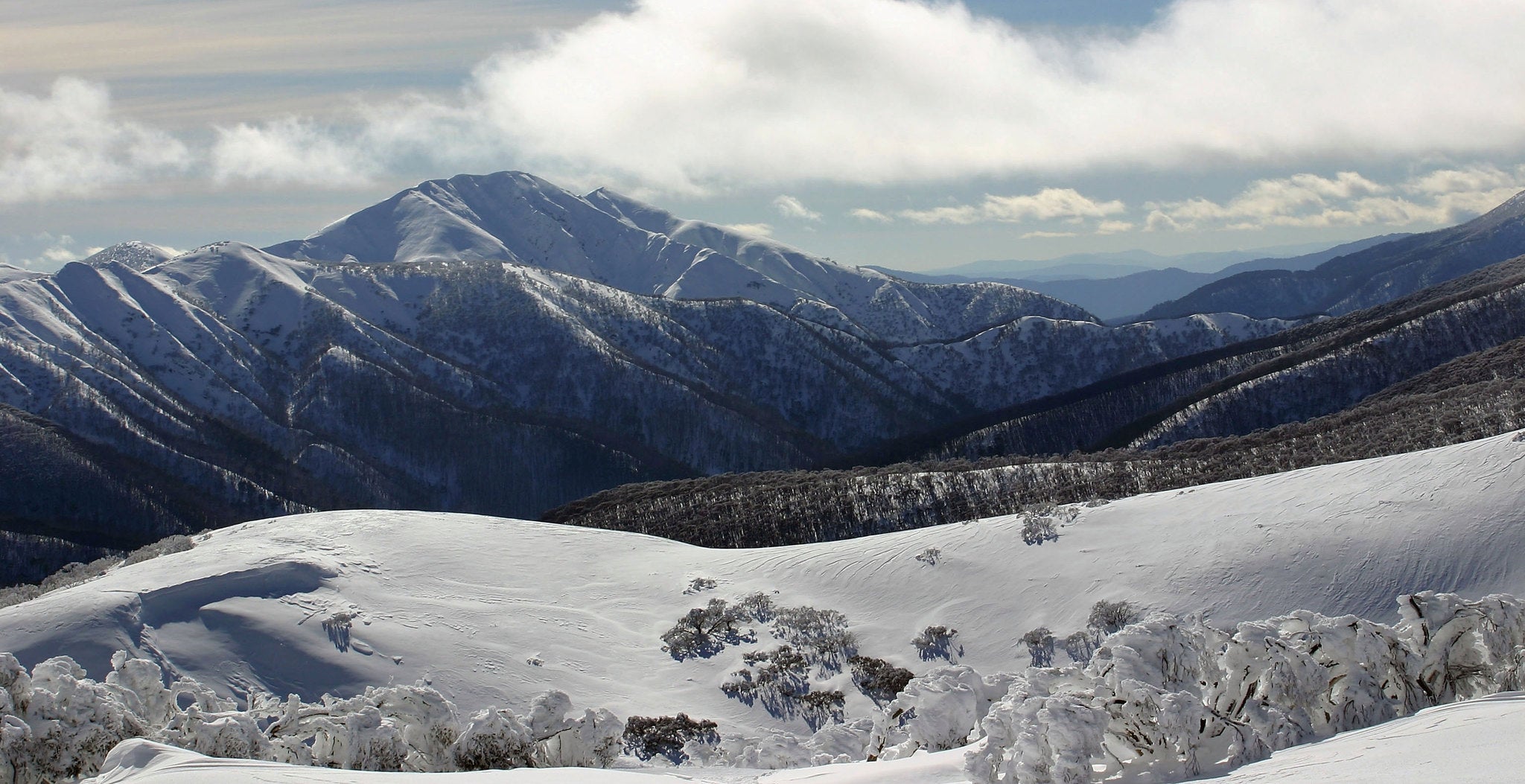Learn About the Best-Known and Snow-Covered Destinations In Australia
Learn About the Best-Known and Snow-Covered Destinations In Australia
Blog Article
Discover the Fascinating Effects of Snow in Australia on Neighborhood Ecological Communities
In spite of its online reputation for sun-soaked landscapes, Australia additionally flaunts areas blanketed by snow-- a sensation that greatly affects the nation's unique communities. The protecting residential or commercial properties of snowflakes safeguard flora and fauna among the chilliest winter seasons, while the melting snow supports rivers and water life. The real wonder lies in exactly how these wintry problems form the country's biodiversity and nutrient cycles. As we unwind this detailed relationship, we locate ourselves stepping on uncharted premises in Australia's high country.
The Unanticipated Areas of Snowfall in Australia
Although Australia is commonly connected with sun-scorched landscapes and sandy beaches, certain regions surprisingly experience snowfall. The high country areas of New South Wales, Victoria, and Tasmania are particularly known for their winter season snow. The Snowy Hills in NSW, for circumstances, obtain abundant seasonal snow, offering a raw contrast to the country's typical hot, dry climate. At the same time, the Victorian Alps and components of Tasmania also see yearly snowfalls, changing the landscape into a winter wonderland. These areas are not just abnormalities but important parts of Australia's diverse climate system. The presence of snow in these regions dramatically affects local ecological communities, consequently impacting the country's distinct biodiversity. Nevertheless, the specific influence on Australia's distinctive flora will certainly be talked about in the next section.

Exactly How Snow Impacts Australia's One-of-a-kind Flora
While it might appear unusual, snowfall in Australia plays a critical function fit the nation's special flora. The snow-filled winter seasons foster resilience in Australian plant species. This is particularly apparent in the sub-alpine and towering regions, where snow gums and hill plum-pines prosper. These plants have actually evolved to make it through in severe problems, with snow offering as a safety blanket from harsh winds and freezing temperatures. The snow additionally adds to the wetness content of the dirt, offering necessary hydration for plant throughout the dry summertime months. Basically, the snow affects the timing of blooming and seed dispersal, the growth rates, and the survival of lots of plant species, showcasing the elaborate interaction in between environment and plants in Australia.

The Adjustments of Australian Fauna to Snowfall
Just as Australia's plants has adjusted to the wintery conditions, the local animals also, display remarkable adjustments to the snowfall. Variety like the Mountain Pygmy-possum, the only Australian marsupial recognized to hibernate, have Discover More developed methods to endure in snowy settings. It makes use of the snow as insulation, hibernating in rock gaps underneath the snow to remain warm. The Snow Skink, a varieties of lizard, changes its colour to white throughout winter months, providing camouflage against killers. Birds such as the Snowy Hills' Crimson Rosella also readjust their diet plans to take in available food resources throughout cooler durations. Thus, regardless of the severe problems, Australian animals demonstrates a flexible and durable nature, ensuring their survival in areas experiencing snowfall.
The Duty of Snow fit Regional Communities
Fit the neighborhood ecological communities, the role of snow in Australia is both profound and multilayered. It affects the circulation of vegetation and animals, largely specifying the biodiversity of sub-alpine and towering areas. Snow provides an essential water source, feeding rivers and tanks as it thaws, therefore supporting a range of marine life types. Additionally, snow acts as an insulator, shielding ground-dwelling organisms from extreme cold. Similarly, it plays a substantial duty in soil development and nutrient cycling. The routine cold and thawing of dirt caused Click Here by snowfall fosters the malfunction of rocks, improving dirt fertility. Subsequently, the visibility of snow forms the plant life patterns, pet actions, and general sustainability of Australia's one-of-a-kind ecosystems. Does It Snow In Australia.

The Future of Snowfall in Australia: Forecasts and Implications

Provided the vital function snow plays in forming local ecological communities, the future of snowfall in Australia is drawing enhancing focus from scientists and environmentalists. Less snow can result in minimized water availability in linked here alpine regions, negatively influencing wildlife environments and plant life. The tourism sector, heavily reliant on the wintertime snow season, may additionally encounter significant difficulties.
Conclusion
The role of snow in Australia's ecological communities is critical yet frequently forgotten. Hence, the snow in Australia is much more than a natural spectacle; it's a crucial gamer in the nation's ecological story.
Regardless of its online reputation for sun-soaked landscapes, Australia additionally boasts regions buried by snow-- a phenomenon that greatly influences the nation's one-of-a-kind communities. It uses the snow as insulation, hibernating in rock crevices below the snow to remain warm - Does It Snow In Australia.In shaping the regional environments, the duty of snow in Australia is both multilayered and extensive. The existence of snow shapes the plants patterns, pet behavior, and overall sustainability of Australia's one-of-a-kind communities
Given the essential role snow plays in forming local environments, the future of snowfall in Australia is drawing raising interest from scientists and ecologists.
Report this page